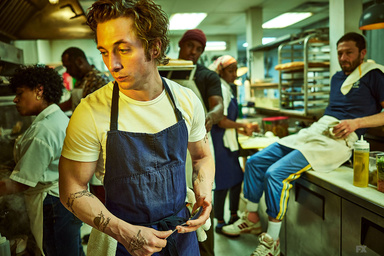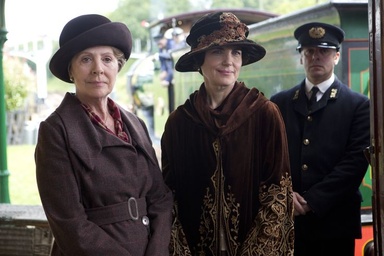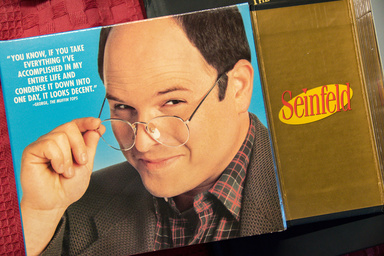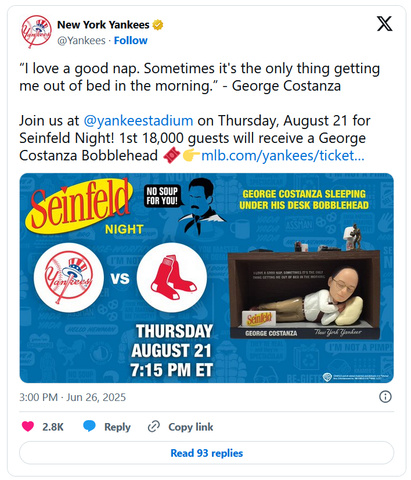Leadership isn’t all sunshine and raises—it comes with responsibility and a healthy dose of conflict resolution. We asked some of our resident experts about workplace quandaries they’ve seen on popular television, and how they’d suggest leadership deal with them.
1

The Bear
The problem: An employee is resistant to change.
The example: Richie fighting Chef Carmy’s new ideas at The Original Beef of Chicagoland in Season 1.
The expert: Professor Jennifer Nahrgang
The fix: "Change is hard, even when it involves new opportunities. Successful leaders approach change as if it is a MAJOR change for any employee that perceives it that way. Every new beginning means something is ending. Empathize with those endings and the sense of loss, but then focus on what is beginning and the employee’s role in that new beginning. Continue to provide information on the WHAT and WHY of the change.”
2

Ted Lasso
The problem: Someone on your team leaves the company.
The example: Nate quits AFC Richmond to become head coach for a rival soccer team after Ted saw his potential and promoted him up from waterboy.
The expert: Professor Amy Colbert
The fix: "This can feel like a betrayal, especially if you’ve taken the time and effort to train them. Before something like this happens, tune into your people’s ambitions, offering recognition when deserved, and creating opportunities for them when possible. Also be willing to invest in people and let them go. I’ve talked to executives who refer to former employees as ‘alums’ of their company, and therefore still an asset who could refer prospective employees or serve as a source of external knowledge.”
3

Downton Abbey
The problem: An employee is undermining you.
The example: When Downton Abbey is turned into a recovery home for British soldiers during WWI, Lady Cora feels undermined by cousin Isobel, who makes significant changes without consulting her.
The expert: Professor Stephen Courtright
The fix: "Cora and Isobel come to this situation with different priorities: Cora values order and favors a hierarchical leadership style, while Isobel values autonomy and wants room to be creative. To move forward, someone like Cora could listen to innovative ideas while maintaining clear boundaries—a concept from my research called ‘channeled autonomy.’ In turn, someone like Isobel could respect authority and increase the likelihood of their ideas being heard by clearly aligning them with shared goals.”
4

Seinfeld
The problem: You have a super disengaged employee.
The example: George Costanza when he sleeps under his desk at the Yankees’ office.
The expert: Associate Professor Eean Crawford
The fix: "Is it the employee's fault? Or is it a poor fit in the role? Probably some of both. The biggest engagement killers occur when employees lack purpose, clarity, or capacity. Offer a chance to take on a challenge that will help them grow, get specific about what is expected and how it’s connected to the company mission, and/or discuss what things could be shelved so they can focus on advancing higher priorities.”
Fun fact: The New York Yankees have fully embraced the lore of their "assistant to the traveling secretary" and gave away bobbleheads of Costanza under his desk at their August 21, 2025 game vs. the Boston Red Sox.

This article appeared in the Spring 2025 issue of Tippie Magazine.
